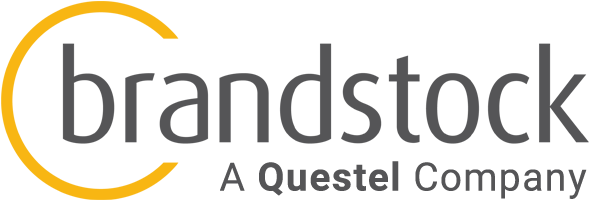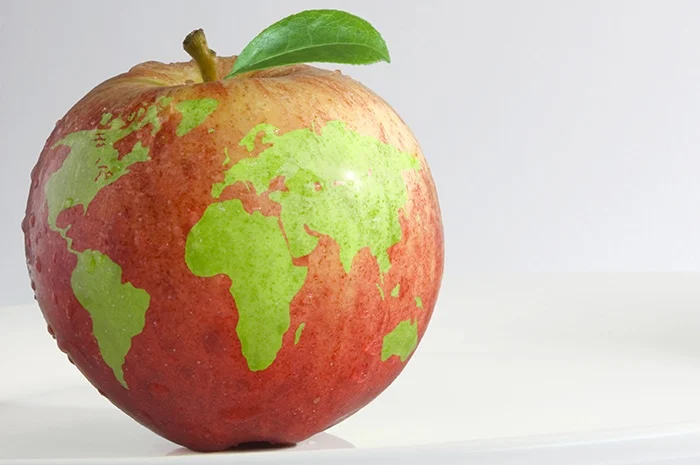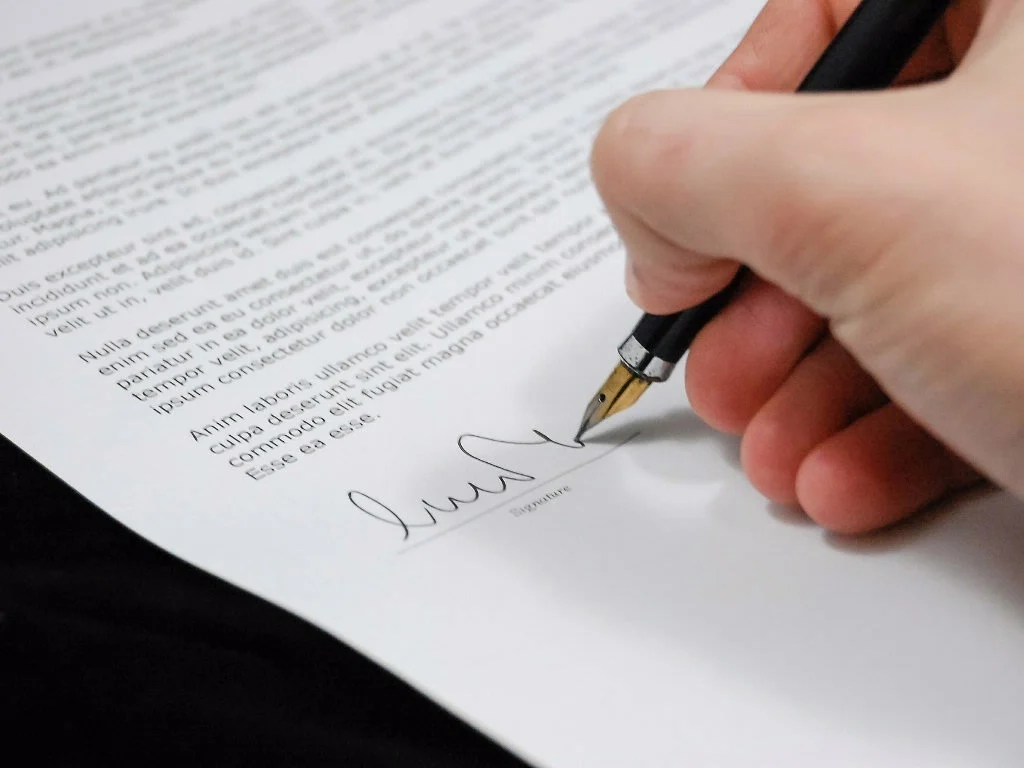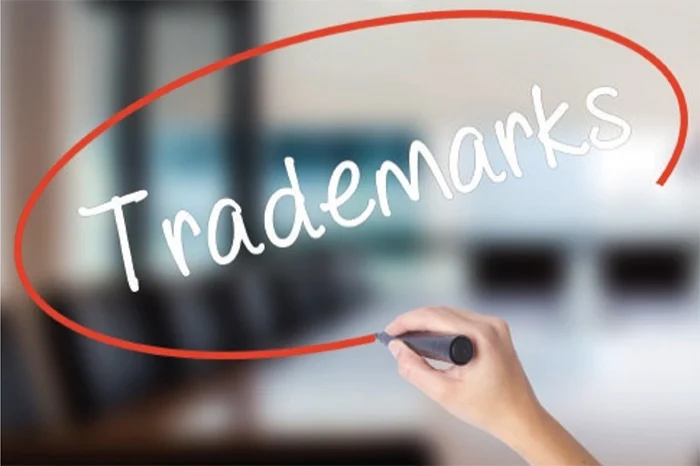The Differences When Registering a Trademark in Different Countries
The rules for registering a trademark are governed by the laws of the country in which the registration application is made – these rules therefore differ from country to country. Thus, companies must submit application forms to the central office of the countries in which they intend to operate, in line with their established procedure.
However, it must be noted that, despite these occasional differences, many territories offer vastly similar processes and protections, largely underpinned by international Intellectual Property (IP) agreements.
Want to know more?
Download our new Infographic on Agent Benchmarking
In addition to this variety of national offices and registration processes, some mechanisms for international registration have emerged, thereby easing the application process for companies who intend to register in multiple countries. Two key international bodies are the European Union Intellectual Property Office (previously the Office for Harmonization in the Internal Market) and the World Intellectual Property Organisation (WIPO).
Below, the differences encountered when registering a trademark in different territories will be outlined, with heed paid to those recording the most registration applications.
United States of America
With just under one million trademark applications made through the USA office in 2015, America remains one of the busiest territories for trademark registration in the world. One of the main features differentiating USA trademark registration from other national legislation is the application of the ‘first-to-use’ principle, under which the owner of a brand is the first to use it, not the first to register it. According to this principle, the bona fide use of an unregistered mark may be invoked against third-party holders of a subsequent registration, thereby vetoing any of the subsequent company’s rights. This US approach contrasts that of other countries, including Italy, China and Brazil, where it is fundamental to register a brand ahead of placing it on the market.
Indeed, US law stipulates several obligations to be fulfilled after the registration application is filed, with regards to the actual use of the trademark. Companies are under an obligation to maintain use of their mark if they intend to keep the brand active and avoid revocation. Ownership, therefore, does not rest merely upon registration, but hinges upon the actual use of the brand.
Italy
In Italy, a non-registered mark is still protected, though the extent of this protection is lesser than afforded to a registered mark. Pursuant to the Civil Code, trademark registration does not nullify the rights of those who have used it up until this point. Under certain conditions, someone who proves that they have previously used a mark that another is seeking to register has the right to continue to use it, provided this is within the geographical and general limits of its previous use. This fact remains, despite the fact that trademark protection is effective from the moment of the registration application, with the applicant enjoying the irrebuttable presumption of ownership rights.
China
Chinese legislation, on the other hand, only grants protection for marks when they are actually registered. The previous use of a brand, therefore, does not confer any rights of priority. Furthermore, as in Germany, France and Japan, the ‘first-to-file’ principle applies: whoever files the trademark application first acquires the ownership rights – in stark contrast to the USA approach. In China, as well as other territories following the ‘first-to-file’ principle, it is essential to register well in advance of the effective start of business activity in order to ensure such use is protected.
Moreover, due to the lengthy waiting periods to obtain trademark protection (anywhere from 18 months to three years), and the fact that protection only subsists once registration has been obtained, it is advised that businesses wishing to register a mark in China allow plenty of time for protection to arise before entering the market.
Additionally, Chinese law requires a translation if the mark is in a foreign language. When doing so, it is also strongly advised to register a corresponding version using Chinese characters, both to avoid risks of counterfeit competitors and excluding your mark from a share of the market and therefore potential customers.
Unlike many other systems, China also requires that a separate application is made for each class of goods or services the trademark is to be registered with regards to. This requirement increases both the time and expenditure for registration of a mark.
Brazil
In line with the Chinese methodology, Brazil also requires that each registration in a new class of goods or services is to be completed on a new application form – again increasing time and cost expenditure. Additionally, Brazil adheres to the ‘first-to-file’ principle, meaning registration of mark is necessary for protection. Further requirements of trademark registration in Brazil are that the mark must be capable of being visually perceptible – therefore unconventional marks such as sounds and smells are incapable of registration in Brazil.
Brazilian law also stipulates that, if a mark has not been put to bona fide us within five years of registration being granted, the mark may be subject to revocation – before the expiry of the ten year term.
India
It must be noted that, in India, marks which are considered by the authorities to be contrary to public order or good morals, are deceptive or offensive are not capable of registration. Many other territories have such a clause, including the United Kingdom, however due to the multitude of religions and beliefs present throughout India, it is advisable that businesses wishing to register their brands in this territory carry out prior analysis in this vein.
If, upon publication of a registered mark, a person wishes to file for opposition, on any grounds, they must do so within four months, with the opportunity to apply for a one month extension when it comes to supplying evidence of the reason for opposition. This potential extension on the time for opposition means that the time taken to register a mark may increase.
International marks
The EU registration allows for a trademark to be registered in all EU states (current and future) with one single application form and one set of fees. The EU IP Office (previously OHIM) receives applications from all over the globe and, upon registration, allows trademark holders to exercise their exclusive rights in all 28 territories. The advantages in pursuing an EU registration, with regards to time and money expenditure, need not be explored further.
Wider than EU registration is the WIPO international mark. Referred to as the Madrid System, this registration process enables businesses to file one international application from their country of origin, in one language, paying only one set of fees, yet the mark is registered in the 98 members which are party to the Madrid Agreement. This international registration process entails access to the same protection that the laws of member countries confer upon national trademarks.




























